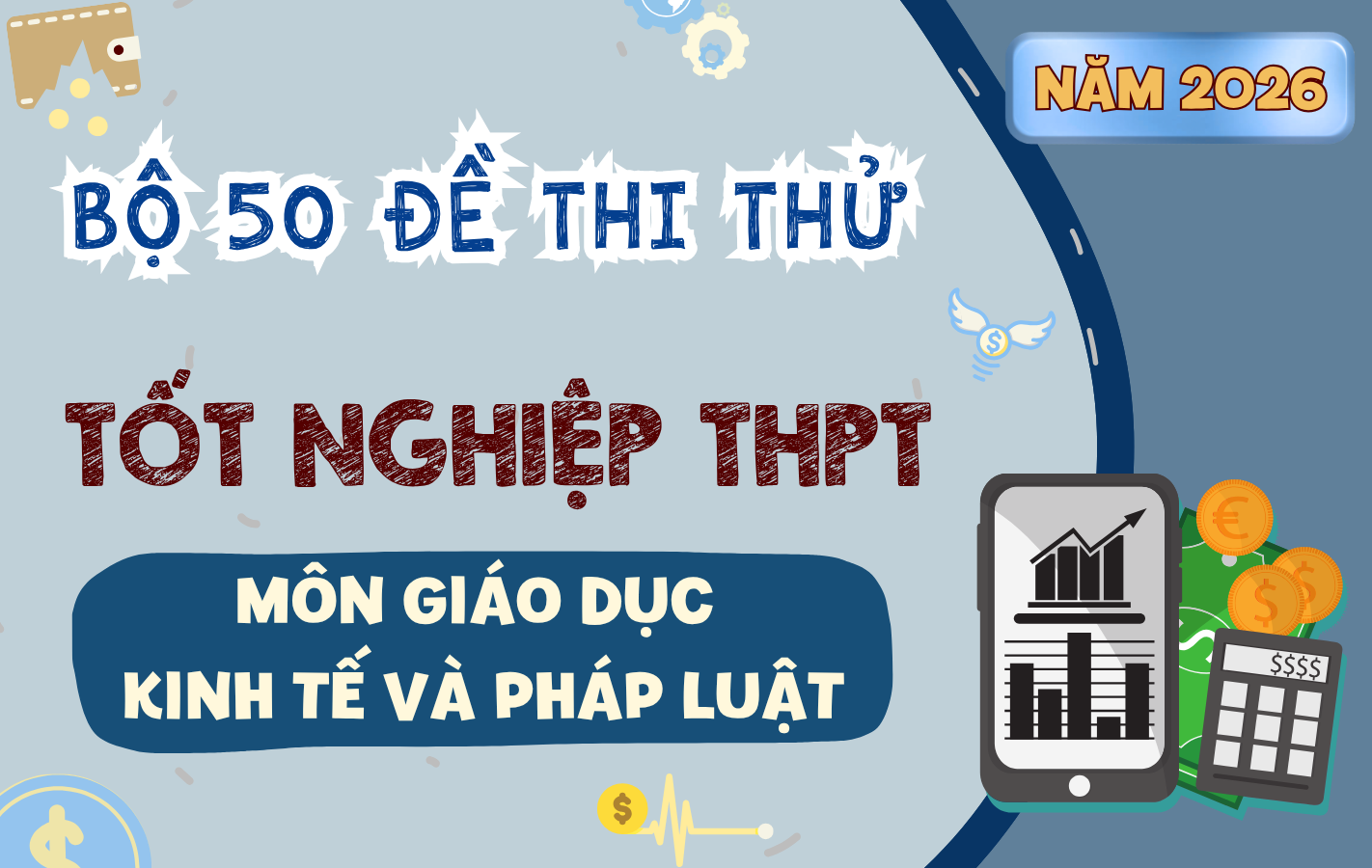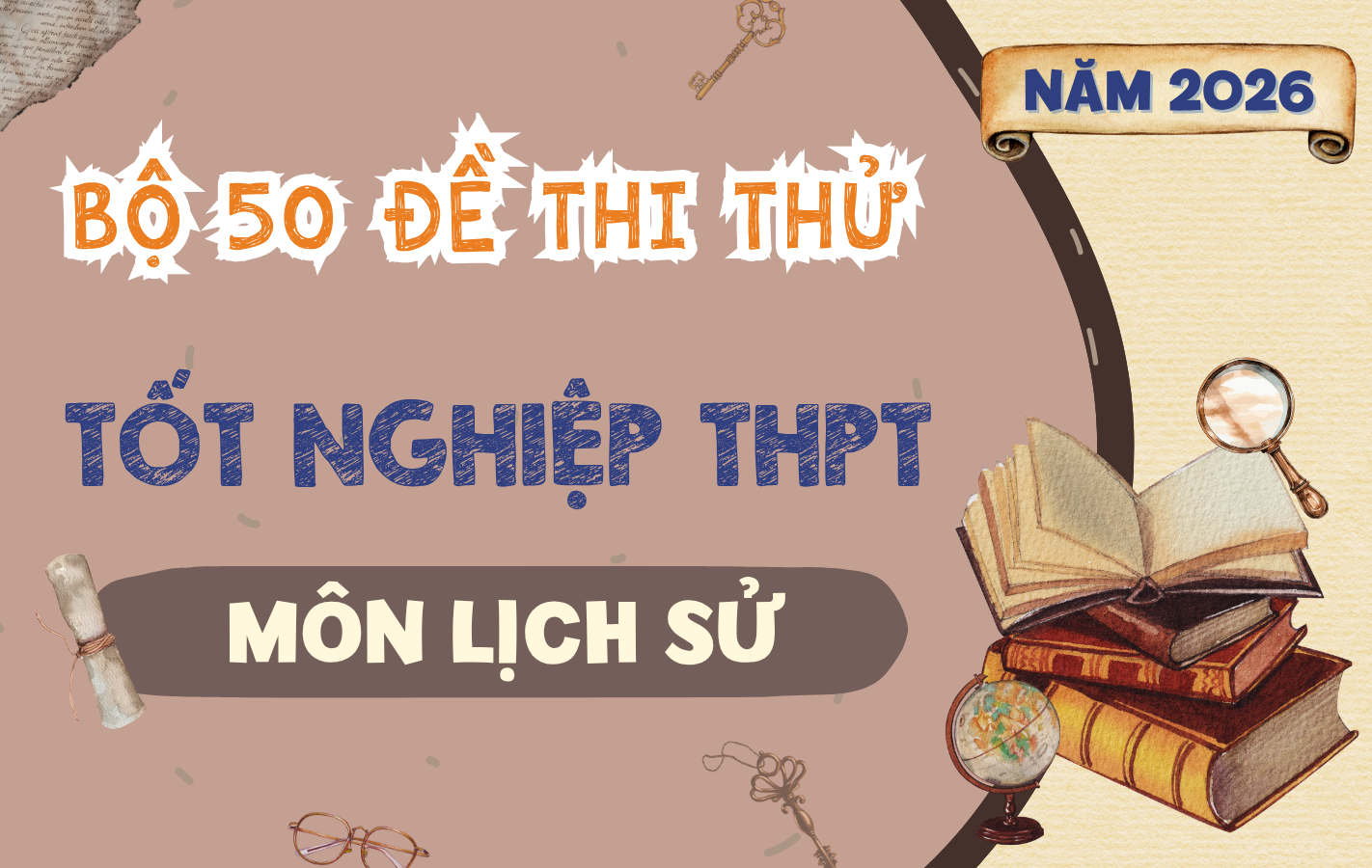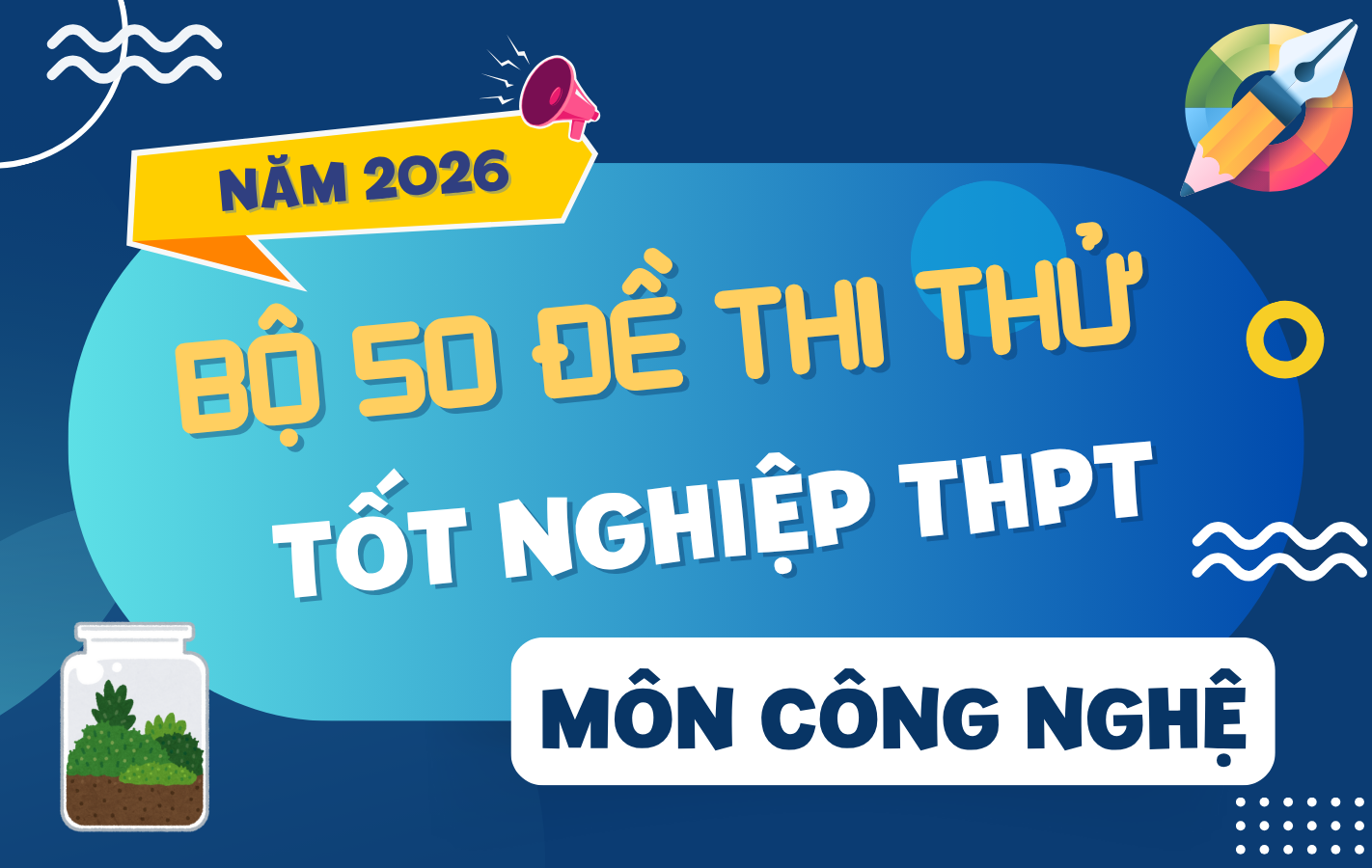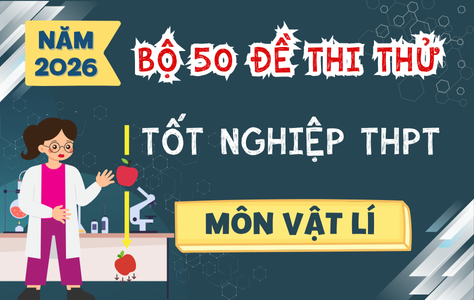Câu hỏi:
Read the following passage about the Koromi trend and mark the letter A, B, C, or D on your answer sheet to indicate the best answer to each of the following questions from 31 to 40.
[I]. If you’ve done any traveling at all, you’re likely quite aware that customs and etiquette differ from one culture to another: what may be perfectly innocuous in one place may be hideously offensive in another, and vice-versa. [II]. Granted, even if you haven’t traveled at all, you’re probably aware of the fact that certain types of behavior aren’t exactly acceptable in other countries: belching at the table may be a sign of gratitude in some places, but in most areas of North America and Europe, such a display will earn you a fair bit of ire. [III]. Whether you plan on traveling to any of the places listed below or just doing business with a foreign client, it’s important to educate yourself on the standards of politesse and etiquette beforehand-the last thing you want to do is offend someone with any ignorant, boorish behavior. [IV]. Here’s how to be polite in different countries.
When dealing with Japanese clients, be sure to dress fairly conservatively, and make sure that you bow lower than they do upon meeting them. Accept gifts with both hands and open them later, not in front of the giver, and never blow your nose at the dining table. Avoid asking and answering direct questions: it’s better to imply rather than ask, and to answer with vagueness during conversations.
In Kenya, when greeting someone older or of a higher status than yourself, grip their right wrist with your left hand while shaking it; it’s a sign of respect and deference. Do ask questions about their health, family, business etc. before getting to major topics, as skipping these niceties is seen as impolite. If sharing meals, do not begin eating until the eldest male has been served and starts to eat.
Turning down an alcoholic drink is considered terribly offensive in Russia, so it’s a good idea to fortify yourself with some greasy food before heading out for a meal with Russian or Ukrainian clients. Don’t smile at strangers or they’ll think you’re deranged, and when paying for items, place your money on the counter rather than trying to hand it directly to the cashier.
Which of the following can be inferred from the passage?
Every culture has similar expectations of behavior.
It is important to adapt to the cultural norms of the country you are in.
People from different cultures always appreciate the same kinds of behavior.
The cultural differences in etiquette are insignificant when doing international business.
Đáp án đúng: B
A. Every culture has similar expectations of behavior.
→ Mọi nền văn hóa đều có kỳ vọng giống nhau về hành vi.
B. It is important to adapt to the cultural norms of the country you are in.
→ Điều quan trọng là thích nghi với các quy tắc văn hóa của quốc gia mà bạn đang ở.
C. People from different cultures always appreciate the same kinds of behavior.
→ Những người từ các nền văn hóa khác nhau luôn đánh giá cao cùng một kiểu hành vi.
D. The cultural differences in etiquette are insignificant when doing international business.
→ Sự khác biệt văn hóa về nghi thức là không đáng kể khi làm kinh doanh quốc tế
Giải thích:
Bài nhấn mạnh tầm quan trọng của việc thích nghi với văn hóa địa phương.
Đáp án đúng: B.
Câu hỏi này thuộc đề thi trắc nghiệm dưới đây, bấm vào Bắt đầu thi để làm toàn bài
Bộ đề thi giúp học sinh lớp 12 làm quen với cấu trúc và nội dung đề thi tốt nghiệp THPT môn Tiếng Anh năm 2025. Đề thi được xây dựng theo định hướng của Bộ GD ĐT, bao gồm các phần Ngữ âm, Từ vựng - Ngữ pháp, Chức năng giao tiếp, Kỹ năng đọc hiểu, Kỹ năng viết và Phát âm - Trọng âm. Hệ thống câu hỏi đa dạng, bám sát chương trình học, giúp học sinh rèn luyện kỹ năng làm bài và nâng cao tư duy ngôn ngữ. Đáp án chi tiết đi kèm hỗ trợ học sinh tự ôn tập, đánh giá năng lực và chuẩn bị tốt nhất cho kỳ thi quan trọng.
Câu hỏi liên quan

Bộ 50 Đề Thi Thử Tốt Nghiệp THPT Giáo Dục Kinh Tế Và Pháp Luật Năm 2026 – Theo Cấu Trúc Đề Minh Họa Bộ GD&ĐT

Bộ 50 Đề Thi Thử Tốt Nghiệp THPT Lịch Sử Học Năm 2026 – Theo Cấu Trúc Đề Minh Họa Bộ GD&ĐT

Bộ 50 Đề Thi Thử Tốt Nghiệp THPT Công Nghệ Năm 2026 – Theo Cấu Trúc Đề Minh Họa Bộ GD&ĐT

Bộ 50 Đề Thi Thử Tốt Nghiệp THPT Môn Hóa Học Năm 2026 – Theo Cấu Trúc Đề Minh Họa Bộ GD&ĐT

Bộ 50 Đề Thi Thử Tốt Nghiệp THPT Môn Sinh Học Năm 2026 – Theo Cấu Trúc Đề Minh Họa Bộ GD&ĐT
